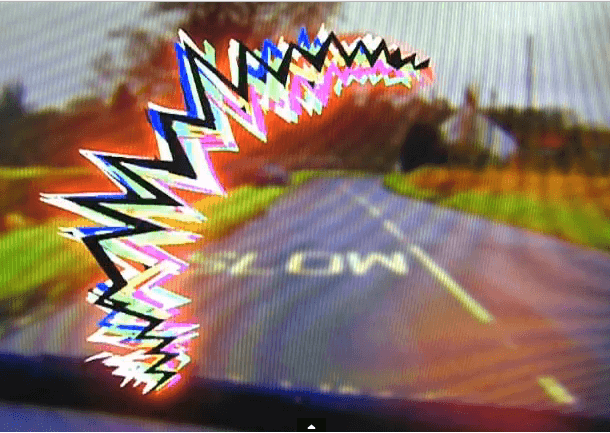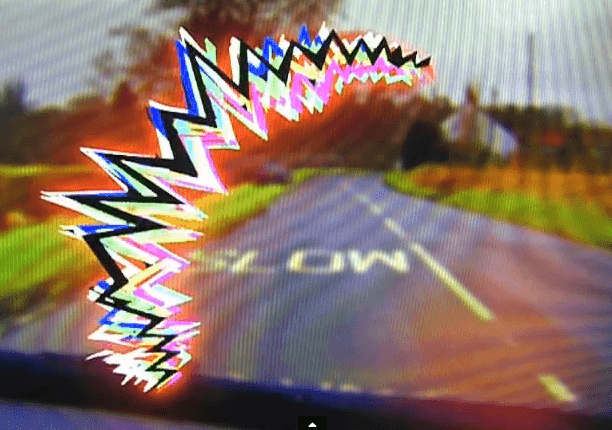

The majority of migraineurs take hours to fully recover some take days. The postdrome (sometimes called postheadache) follows immediately afterward. Once the Headache phase is over, the migraine attack may or may not be over. For more information on the potential symptoms of the headache phase, see Anatomy of a Migraine Attack. For some people, the Headache symptom of a Migraine attack is their worst symptom, but for others, some of the other symptoms may be worse than the Headache. It’s effects are not limited to the head only, but affect the entire body, with this phase of the Migraine attack including other symptoms. The Headache phase is generally the most debilitating part of a Migraine attack. There are several terms used for this experience, including “silent Migraine,” “acephalgic Migraine.” Although not the majority of attacks, there are some Migraine attacks in which Migraine patient experience aura but no headache. As noted earlier, not all Migraine attacks include all phases. As with the prodrome, Migraine aura, when the patient is aware of it, can serve as a warning, and sometimes allows the use of medications to abort the attack before the Headache phase begins. While most people probably think of aura as being strictly visual, auras can have a wide range of symptoms. Approximately 25% of migraineurs experience aura. One of the better know is Lewis Carroll’s “Alice in Wonderland,” and is called Alice in Wonderland Syndrome. It’s interesting to note that migraine aura symptoms are thought to have influenced some famous pieces of art and literary works. Some of the visual distortions can be exotic and bizarre. Some can be quite terrifying, especially when experienced for the first time. The symptoms and effects of the aura vary widely. The aura is perhaps the most talked about of the possible phases. For those who experience prodrome, it makes a solid case for keeping a Migraine diary and being aware of our bodies. For the 30 to 40% of people who experience prodrome, it can actually be very helpful because, in some cases, it gives opportunity to abort the attack. The prodrome may be considered to be the Migraine patient’s “yellow light,” a warning that a Migraine is imminent. The prodrome (sometimes called preheadache or premonitory phase) may be experienced hours or even days before a Migraine attack. In fact, Tension-Type Headachescan be a Migraine trigger. It’s also not unusual to experience both Headaches and Migraines. Thus, it’s quite common to be diagnosed with both migraine with aura and migraine without aura. It’s important to note that you can have more than one type of migraine.

Few people have the aura phase with every Migraine attack. Migraine with aura is less common, occurring in 25-30% of Migraine patients.

Migraine without Aura is the more common of the two major subtypes of Migraine. Migraine is divided into two major subtypes, Migraine without Aura and Migraine with aura.


 0 kommentar(er)
0 kommentar(er)
